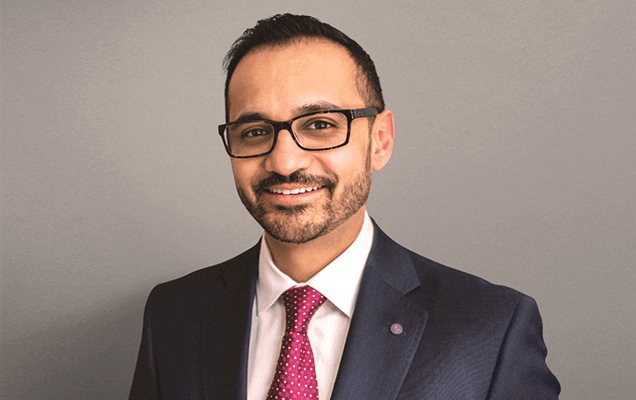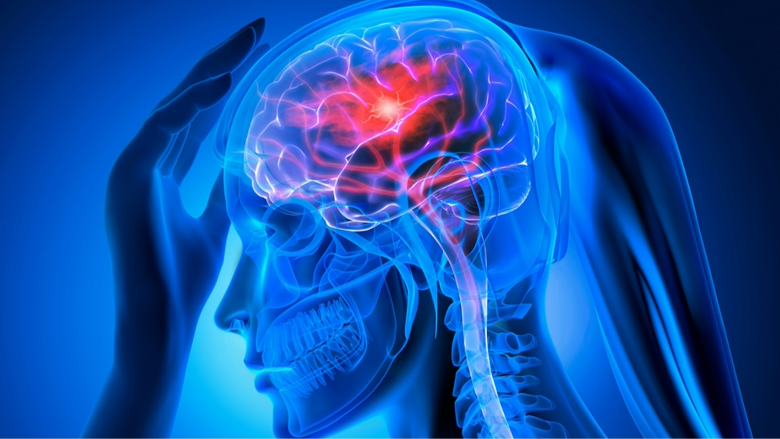Brain Aneurysm and Stroke Recovery
Brain aneurysms and strokes are life-altering medical events that can have a profound impact on an individual’s health and quality of life. Understanding the risk factors, symptoms, treatments, and recovery process for these conditions is essential for patients and their loved ones.
In this article we will delve into the world of brain aneurysms and strokes, addressing risk factors, treatment options, and the long-term recovery journey.
What is a Brain Aneurysm?
A brain aneurysm is a bulge or weak spot in one of the blood vessels in the brain, much like a weak spot in a tire. This weakened area can fill with blood, forming a balloon-like sac. If left untreated, the aneurysm can rupture, leading to a hemorrhagic stroke.
Risk Factors for Brain Aneurysm
Several risk factors increase the likelihood of developing brain aneurysms, identifying and managing these risk factors is crucial for prevention.
Some of the risk factors for brain aneurysm include:
- High blood pressure
- Smoking
- Family history of aneurysms
- Certain genetic conditions
Symptoms of Brain Aneurysm
Unruptured aneurysms often do not cause symptoms. However, if an aneurysm grows or ruptures, there may be symptoms such as:
- Severe headaches
- Difficulty speaking
- Vision problems
- Loss of consciousness
Treatment Options
Aneurysm treatment options include minimally invasive procedures, such as coiling or stent-assisted coiling, as well as open surgery to clip the aneurysm. The choice of treatment depends on the aneurysm’s location, size, and the overall health of the patient.
Long-Term Outlook
After an aneurysm is treated or managed, patients often require long-term monitoring and follow-up to ensure there are no complications. Aneurysms that have not ruptured may not require immediate treatment but should be closely monitored.
The Tri-State's leaders in Cerebrovascular treatments.
Stroke Recovery: What to Expect
Ischemic Stroke vs. Hemorrhagic Stroke:
Strokes are broadly categorized into two types: ischemic strokes, which occur when a blood clot blocks blood flow to the brain, and hemorrhagic strokes, which result from bleeding in the brain, often because of a ruptured aneurysm.
Risk Factors for Stroke
There are several risk factors for stroke, identifying and managing these risks is essential for stroke prevention. Some of these include:
- High blood pressure
- Smoking
- Diabetes
- High Cholesterol
- Family history of stroke
Stroke Symptoms
Symptoms of stroke often come on suddenly and may include:
- Numbness or weakness in the face, arm, or leg
- Difficulty speaking or understanding speech
- Sudden confusion
- Severe headache
- Loss of balance or coordination
A stroke is a medical emergency and time is of the essence.
If you notice signs of a stroke, it’s crucial to call for emergency help immediately. Receiving quick treatment can help reduce serious, lasting damage and may even save your life.
With recent medical advancements, doctors are now better at treating strokes, and more people are surviving and recovering than ever before.
Stroke Treatment
Clot-Busting Drugs: Ischemic strokes are often treated with clot-busting drugs, such as tissue plasminogen activator (tPA), to dissolve the clot and restore blood flow. Quick treatment is critical for successful outcomes.
Hemorrhagic Stroke Treatment: Hemorrhagic strokes require different approaches, including surgical procedures to repair the blood vessel or remove the clot. In the case of a ruptured aneurysm, addressing the aneurysm itself is a key part of treatment.
Recovering from a stroke
If you or a loved one recently had a stroke, you may be feeling overwhelmed and question what lies ahead. It is important to remember that no two strokes are the same. Some people may feel like themselves in a short period of time with no lasting effects. For others it can take several months or even years to adjust to any long-term effects of stroke.
Navigating the aftermath of a stroke can be a different journey for everyone, as its effects vary widely. However, stroke recovery commonly presents several physical and cognitive challenges. Below is a simplified list of these potential conditions that survivors may face:
- Challenges with walking or movement
- Struggles with coordination and balance, with severe cases developing ataxia, a condition that affects nervous system health
- Experiencing weakness or even paralysis in parts of the body
- Problems with speech or language comprehension
- Trouble swallowing, a condition known as dysphagia.
- Emotional shifts, including feelings of depression, anger, or frustration.
- Cognitive difficulties impacting thinking, memory, or attention.
- Changes in sensory perceptions, leading to issues with vision or a decrease in sensation in certain body areas.
Knowing these challenges can help stroke survivors and their support systems prepare for recovery, creating a helpful atmosphere for rehabilitation.
What happens during stroke recovery?
Stroke patients are often transitioned from the hospital to a rehabilitation center or their own homes within a week, with the exact timing depending on the severity of the stroke and its impact.
The crucial first week post-stroke is dedicated to kickstarting the patient’s tailored recovery plan.
The rehabilitative journey might encompass various therapies based on individual requirements, including:
- Physical Therapy- This involves specific exercises for motor skills, mobility enhancement, and range-of-motion activities. The goal is to restore movement capabilities and ease the transition to everyday life post-stroke.
- Occupational Therapy– Beyond motor exercises, this therapy includes guidance on vision and cognitive skills, essential for re-adapting to daily activities and responsibilities.
- Speech Therapy: This therapy is dedicated to assisting patients in redeveloping their speaking, communication, and swallowing abilities, which are often affected by a stroke.
- Cognitive and Emotional Support: Holistic stroke rehabilitation considers the mind, body, and spirit. Activities orchestrated by mental health professionals are vital, helping patients navigate the emotional tumult and cognitive challenges they might encounter.
By understanding this process, patients and caregivers can set realistic expectations and actively participate in the comprehensive care plan designed for a successful recovery journey.
Long Term Recovery
By the time a year has passed following a stroke, numerous survivors have wrapped up their formal rehabilitation programs. At this milestone, individuals often find themselves in varying stages: some may feel fully recovered, reverting to their pre-stroke lifestyle, while others might still be adapting to new limitations, incorporating continued therapy practices within their home environment. It’s crucial to recognize that stroke recovery doesn’t halt here; it’s a persistent journey.
Extending beyond formal therapy, local stroke support groups offer a valuable lifeline as recovery continues. These communities serve as a nurturing space filled with individuals who have undergone the upheaval of a stroke themselves. They provide a unique blend of empathy, backing, and even motivation during the moments you might need it the most. Engaging with people who truly comprehend the challenges of life after a stroke can significantly enhance the long-term recovery process.
Preventing Future Strokes
Long-term recovery involves managing risk factors, such as high blood pressure and diabetes, through lifestyle changes and medications. Preventing future strokes is a top priority for stroke survivors.
Conclusion
Brain aneurysms and strokes are complex medical conditions that require prompt recognition and appropriate treatment. Understanding the risk factors, symptoms, and treatment options for these conditions is essential for prevention and recovery.
If you or a loved one has experienced a brain aneurysm or stroke, seeking medical attention and following a comprehensive treatment plan is the first step toward regaining health and improving quality of life.

About Dr. Ahsan Sattar
Dr. Ahsan Sattar is an endovascular interventional neurologist in North Jersey and a proud member of Neurosurgeons of New Jersey, practicing out of their Montclair office located conveniently at 1 Bay Avenue. He specializes in the diagnosis, treatment, and prevention of various blood flow disorders of the brain and spinal cord. The focus of Dr. Sattar’s surgical expertise is procedures including but not limited to removing blood clots from the brain, blood flow procedures related to the treatment of brain aneurysms, angioplasties, and stenting. He also utilizes minimally invasive surgical techniques to manipulate blood flow for the treatment of tumors and other disorders. Dr. Sattar is currently accepting new patients.






